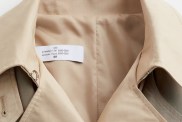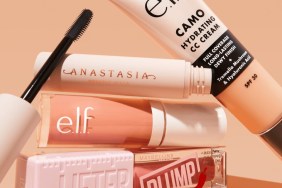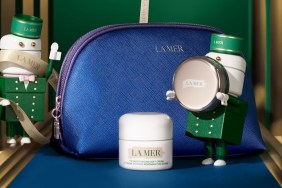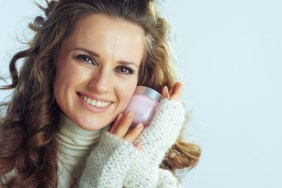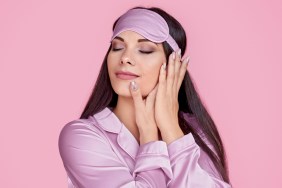Let’s be grateful we weren’t born in Elizabethan England. If we had been, we’d have applied lead paint to our faces every time we went out, so our skin would look alabaster (that was hot back then). For many centuries, lead paint was used as a sort of inverse-bronzer. There were two problems with this, the lesser of which was that lead paint wasn’t actually good for skin. After using it for a while, a woman’s face would atrophy and scar. And the only solution at that point was to cover up the damage… with more lead paint. The second problem was that it killed people. In fact, some historians believe cosmetics were what killed Queen Elizabeth herself.
It’s too easy to look back and pity the ladies who slathered hazardous materials all over their skin to appear what was then considered attractive. Hindsight is 20/20, but how much do we really know about what we put on our skin? Can we trust the Food and Drug Administration to carefully regulate the 2,000 new chemicals introduced into commerce each year?
Recent history demonstrates that we should at least think twice about trusting that all FDA-approved products are safe. Take the industry powerhouse Johnson & Johnson, for example. Four years ago, a watchdog group discovered through testing that its baby shampoo contained formaldehyde, a carcinogen, prompting the company to promise its removal. Johnson & Johnson still insists that science is on its side, and that formaldehyde, among a group of other chemicals it’s pledged to get rid of, is actually safe and its removal is only for the consumers’ “peace of mind.”
So if you’re not sure what information to trust, how can you make decisions when it comes to picking products? It’s your responsibility as a consumer to do some research and decide for yourself. Read the labels. A good rule of thumb is to be as mindful about what you put on your body as you are about what you eat. Your skin absorbs what you rub on it, and the burden of processing these chemicals falls on your liver. If the words “high-fructose corn syrup” on a label of cereal makes you place the box back on the shelf, so should “butylated compounds.”
A great resource that can help inform you about the possible toxicity of your beauty products is the Campaign for Safe Cosmetics. The watchdog group that uncovered carcinogens in baby shampoo is on the forefront of consumer advocacy when it comes to healthy products. On their site you can find a list of toxic chemicals that are commonly found in beauty products, and that have been linked to dangerous health impacts (including citations to the scientific studies).
It’s easy to get confused by the masses of research out there. But the fact is, we are still putting lead on our faces. It’s in our lipstick, in brands like L’Oreal, Revlon and Cover Girl. And while the FDA may shrug its shoulders because the dose is low, when it comes to lead exposure, the U.S. Centers for Disease Control draws a distinct line: there is no healthy, acceptable blood level. Lead builds up in your body. If you put lipstick on a few times a day, over many years, than you’ve experienced long-term exposure to a proven neurotoxin.
Here’s What You Can Do: Be conscientious about the ingredients in your makeup. Next time you go to Sephora, read the labels as if you were at a grocery store. Another great resource is the Environmental Working Group’s Skin Deep Cosmetic Database, which has classified over 74,000 beauty products according their known safety level.

